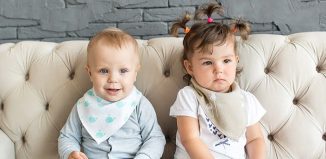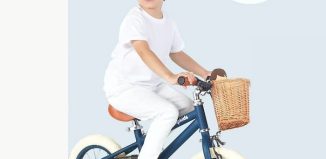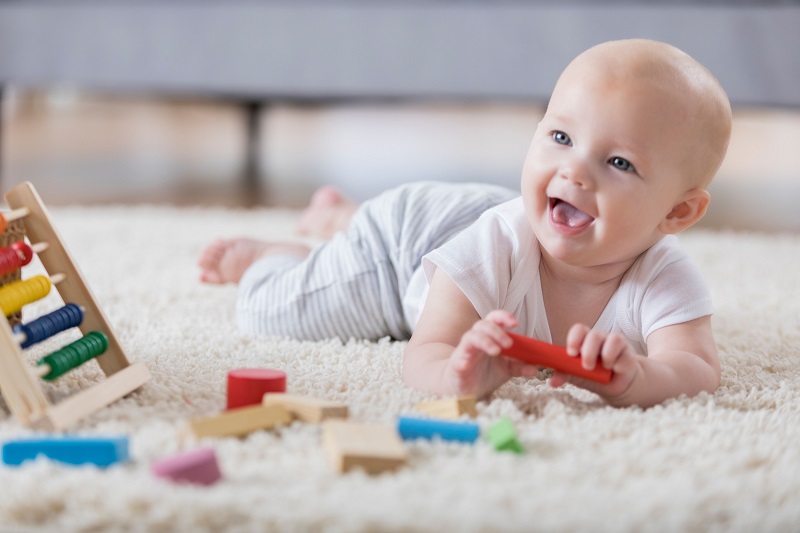
Source: verywellfamily.com
Growing a human being and learning how to take care of it while you take extra care of yourself can make pregnancy, although beautiful, truly challenging. When preparing for your first newborn you should just take a deep breath, don’t be afraid to lean on your friends and family, and start taking care of the essentials for the baby’s arrival which besides basic physiological needs, include a safe environment.
Choose Safe and Green Baby Essentials
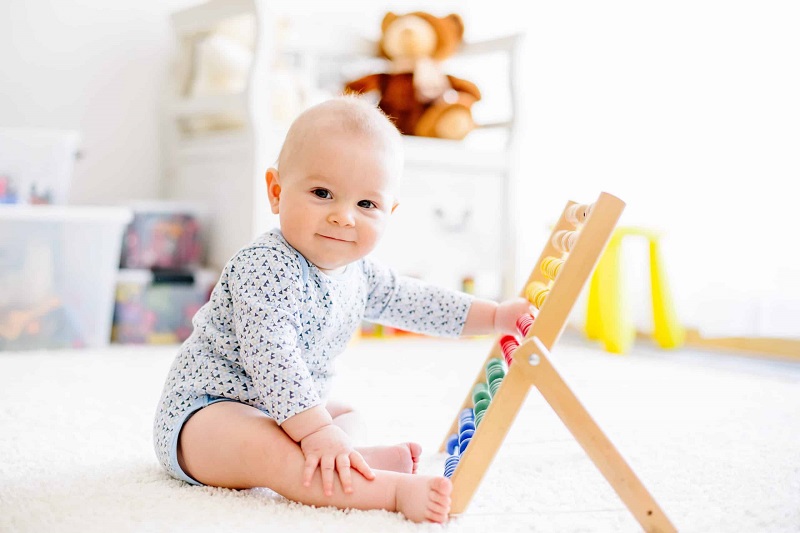
Source: gentlenursery.com
What does it mean to baby-proof something? Babyproofing is making all spaces and potentially harmful objects in your house safe for infants and young children. This includes anything from keeping away hazardous chemicals away or buying a car seat to getting the right play toys for kids.
Things that come in closest contact with your baby often should be friends and not foes from your baby’s head to their toes. This includes clothes, hygiene products and toys for kids.
Toys
Stimulation through toys and play are a crucial part of a child’s development, starting from the earliest age. However, one of the most frequent Emergency Department visits for kids are toy-related injuries. As they tend to put things in their mouth, choking is the biggest hazard.
Manufacturers follow toy manufacturing guidelines and label most new toys for specific age groups letting you know what toys are safe to choose for kids but the most important thing a parent can do is supervision, especially when it comes to younger children. That said, when shopping for play toys for kids, make sure that they are easy to clean and have no small removable parts that can be easily swallowed. The fabrics should be flame resistant and painted toys must use lead-free paint. Try to choose naturally painted toys that are also BPA and phthalate-free. Also, stuffed toys should be washable and you should always remove them from your infant’s crib during sleep.
Hand-me-downs from friends and family might have a sentimental value but they don’t have a practical one as they might not meet current safety standards. Those model toy cars that your grandpa played with might have dangerous parts and edges. On the other hand, a set of handmade, colourful, mini boats made from Lotus wood are perfect play toys for your kids that can be treasured and cherished for years to come.
Furthermore, make sure toys aren’t too loud for your child. Some rattles promote the imagination but others such as squeak toys and musical or electronic toys can be so loud they can damage your baby’s hearing.
Clothes
Importantly, your skin might be used to wearing a polyester top now and again but when it comes to infants, you should learn what fabric is bad for babies, read labels carefully and pick and choose wisely. Polyester, for example, has VOCs, i.e. Volatile Organic Compounds, related to asthma and allergies in children.
It’s important to pick the right fabrics for a baby with sensitive skin, something soft to the touch and absorbent. Good quality cotton fulfils these criteria but so now do many synthetic materials or mixtures. However, it’s better to dress them up in organically made clothing in order to prevent your child from falling ill due to chemically processed clothes.
Hygiene Products
“Do I really need baby shampoo?” is a completely understandable question as shampoo is the main culprit for stripping hair of its natural oils. Interestingly, babies who don’t have any hair don’t need to use shampoo and your baby will need it only once you start using it. Postpone using shampoo as much as possible, start bathing your baby with warm water. When choosing baby hygiene products, make sure they are hypoallergenic, dye and fragrance-free.
Start from the Bottom to the Top
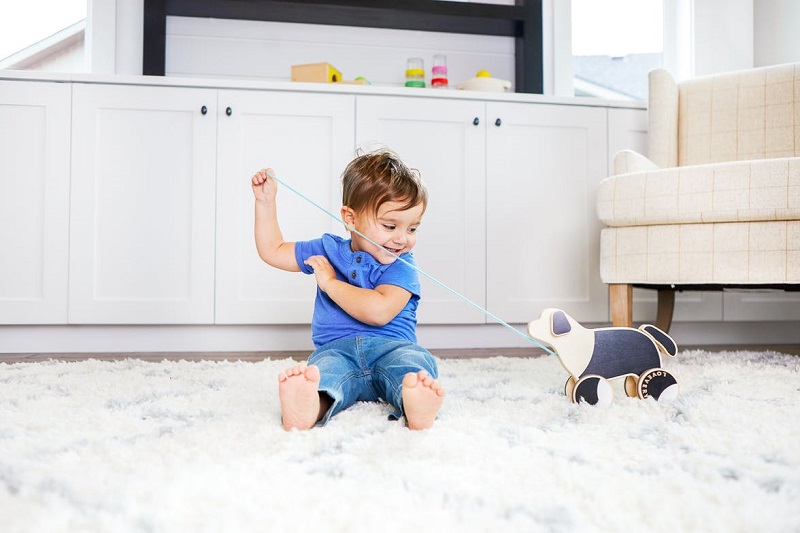
Source: lovevery.com
When it comes to common household items, it’s best to babyproof before the baby arrives instead of freaking out and wondering how to babyproof for a crawling baby. Preparation is key to success and once that bub arrives, you won’t need any more stress in your life.
To cover the essentials, you need to see from your baby’s perspective and get down on your hands and knees. It’s the best way to see all sharp corners and potentially harmful small objects you might miss seeing from your high and mightly adult perspective. Next, pad sharp corners, place breakables somewhere up high and remove or secure anything that can be pulled.
Elements that make your living room perfect for entertaining might not be that suitable for a baby so certain items might have to be put away for the time being.
Don’t Let the Bed Bugs Bite
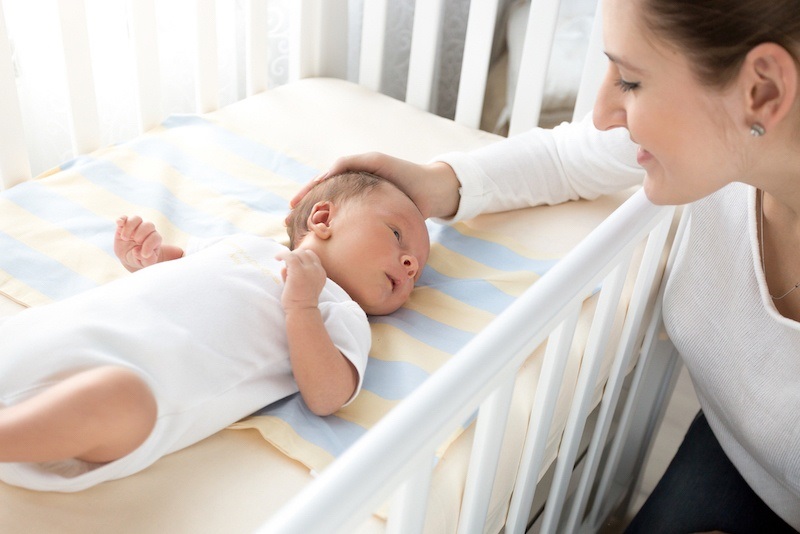
Source: thepostpartumparty.com
Infants sleep most of their days during the first 3 months of their lives. This means about 16 hours of skin-to-skin contact with some type of bedding. Hence, a safe sleeping environment is crucial. Your baby will be sleeping for most of the days the first months of its life, making a safe sleep environment a priority.
Naturally, your baby doesn’t need a completely sterile environment as some bacteria are necessary and it’s in the process of developing its immune system. However, choosing antibacterial materials for your baby sheets could help you fend off unwanted intruders.
Although some natural fibres are inherently antimicrobial, it’s also the touch of man that can make a textile more resistant by adding antimicrobial finishes. Nonetheless, it’s best to choose fibres like bamboo, organic cotton, wool, hemp and linen for your baby’s sleep environment.
Health Comes from the Gut
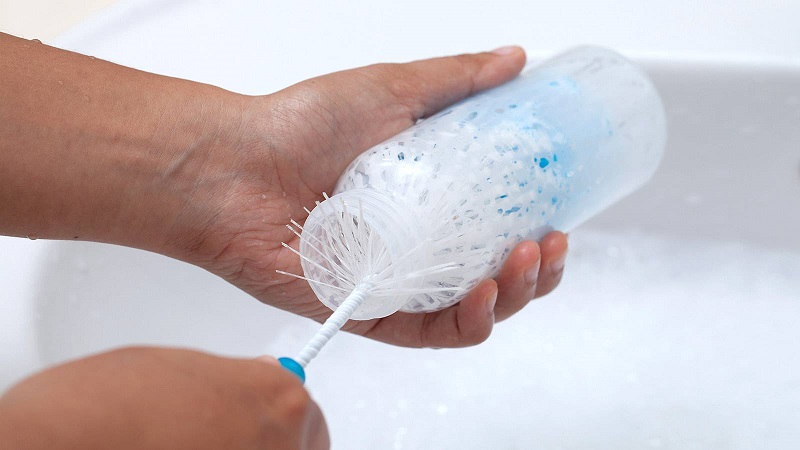
Source: smartparents.sg
In spite of its essential role, breast milk can eventually harm your baby if you don’t clean its residues properly as germs love growing in bottles and breast pumps.
Make sure you wash your hands before each use of your breast pump kit and the breast milk itself as it’s the first line of defence against bacterial contamination. It’s best to wash with soap and water instead of using an alcohol sanitiser as you might introduce alcohol to the milk. Always inspect the bottles and the pump kit for any mould. If you find any, discard them right away.
Store labelled milk safely in a refrigerator. Freshly expressed breast milk can be stored for up to 4 days. Always take apart your pump kit after each use, separate and inspect each part (flanges, valves, membranes, connectors, and milk collection bottles). Rinse, clean and always remember to dry properly as germs love moist environments.

